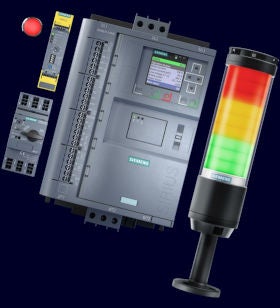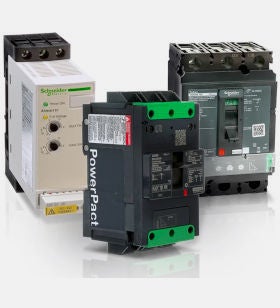Fuses

A typical fuse consists of an element surrounded by a filler and enclosed by the fuse body where the element is welded or soldered to the fuse blades or ferrules. The element, providing the current path, is a calibrated conductor to parallel the characteristics of different types of conductors, motors, transformers and other electrical apparatus. The filler absorbs the heat which allows the fuse to carry harmless overloads. When a sustained overload occurs, the element generates heat faster than can be passed through the filler and upon reaching its melting point will open. Because of the inverse time current characteristics, i.e. the greater the overcurrent the less time required for the fuse to open the circuit, a properly applied fuse can provide effective protection. Fuses install into an electrical circuit to protect against over-current that could damage equipment, start fires, or cause electrical shock injuries. These electrical safety devices contain a metal strip or wire that melts to disconnect the circuit when exposed to a current load greater than the fuse's current rating. They react to conditions such as circuit overloads, shorts, or faults. Fuses are used in new electrical installations or as replacements for blown or faulty fuses.













